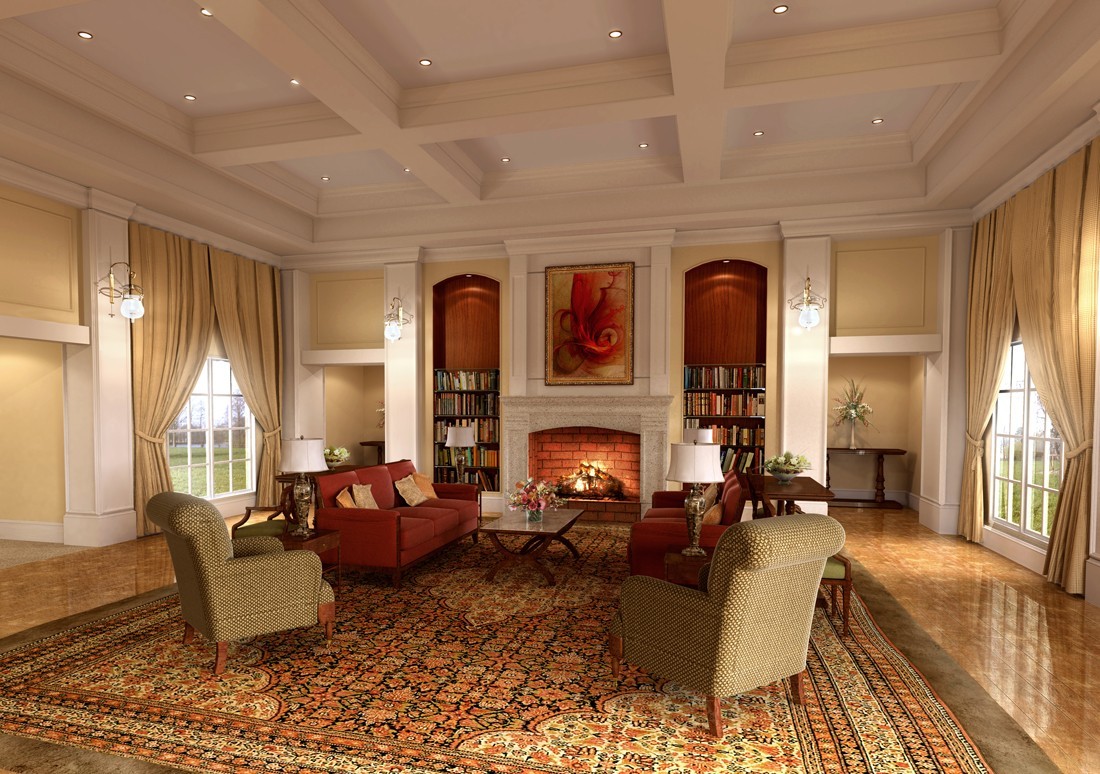How to Design a Smart Kitchen with Style explores the exciting intersection of culinary spaces and cutting-edge technology. This guide will delve into the essentials of crafting a kitchen that’s not only visually appealing but also incredibly efficient and user-friendly. We’ll navigate the integration of smart appliances, explore design aesthetics, and consider practical aspects like budgeting and maintenance.
Designing a stylish smart kitchen involves integrating technology seamlessly. Considering the aesthetic appeal alongside functionality is key. This approach complements exploring options like Innovative Smart Decor to Brighten Your Home , which can enhance the overall ambiance of your living space. Ultimately, incorporating smart features with a focus on design will result in a modern and efficient kitchen that reflects your personal style.
From optimizing layouts and selecting the right smart appliances to understanding network connectivity and ensuring safety, this guide provides a comprehensive roadmap. You’ll discover how to blend sleek technology with various design styles, creating a kitchen that is both beautiful and brilliantly functional. We’ll also touch on future trends, helping you stay ahead of the curve in the ever-evolving world of smart kitchen design.
Designing a stylish smart kitchen involves integrating technology seamlessly. Before diving into complex setups, consider the basics. Understanding essential smart home gadgets for beginners, like smart plugs and voice assistants, as detailed at Essential Smart Home Gadgets for Beginners , can greatly inform your kitchen design choices, ensuring a functional and aesthetically pleasing space.
Planning Your Smart Kitchen: Space and Layout: How To Design A Smart Kitchen With Style

Source: home-designing.com
Designing a smart kitchen goes beyond just integrating technology; it’s about creating a space that is both functional and aesthetically pleasing. The layout is the foundation of this, directly influencing efficiency and the overall user experience. A well-planned kitchen minimizes wasted movement, maximizes storage, and optimizes workflow.
Design a layout that maximizes efficiency and flow within a kitchen, including optimal placement of appliances and work zones., How to Design a Smart Kitchen with Style
The ideal kitchen layout prioritizes the “work triangle”: the stove, sink, and refrigerator. Placing these appliances strategically minimizes steps taken during food preparation and cleaning. Work zones, such as a prep zone (near the sink), a cooking zone (near the stove), and a cleaning zone (centered around the sink and dishwasher), should be clearly defined and easily accessible. Consider counter space near each zone for convenient task execution. Adequate lighting is also crucial, ensuring sufficient illumination for each work area.
Provide examples of different kitchen layouts (e.g., galley, L-shaped, U-shaped) and their suitability for smart kitchen integration.
Different kitchen layouts offer unique advantages for smart kitchen integration. Here are some examples:
- Galley Kitchen: Ideal for smaller spaces, the galley kitchen features appliances and work zones along two parallel walls. Smart appliances can be easily accessed and controlled.
- L-Shaped Kitchen: This layout, with appliances along two adjacent walls, offers flexibility. Smart appliances can be strategically placed for optimal workflow. The corner space is perfect for a smart pantry.
- U-Shaped Kitchen: This layout, with appliances on three walls, provides ample counter space and excellent workflow. Smart appliances can be incorporated throughout, and voice control can be particularly useful in this layout.
Identify key considerations for incorporating smart appliances into the initial kitchen design.
Integrating smart appliances requires careful planning from the outset. Consider the following:
- Power Outlets: Ensure sufficient electrical outlets, including dedicated circuits for high-power appliances. Smart appliances often require multiple outlets.
- Network Connectivity: Plan for reliable Wi-Fi coverage throughout the kitchen. Consider the placement of the router and potential range extenders.
- Appliance Dimensions: Take accurate measurements of smart appliances to ensure they fit within the planned space and cabinetry.
- Ventilation: Consider the ventilation requirements of smart appliances, such as smart ovens and cooktops.
- Control Panel Placement: Strategically position control panels for ease of access and visibility.